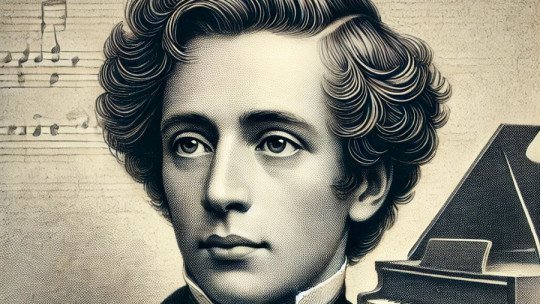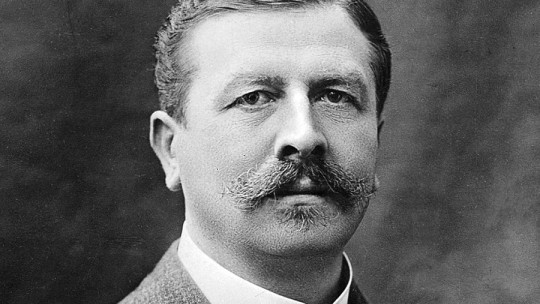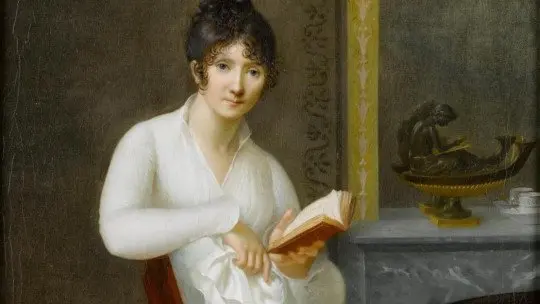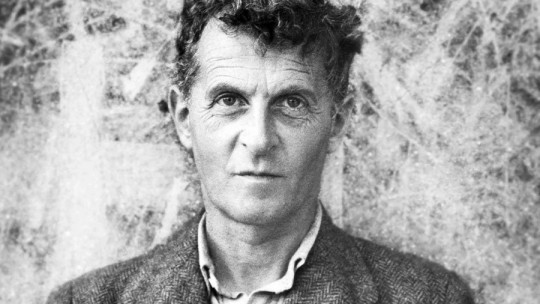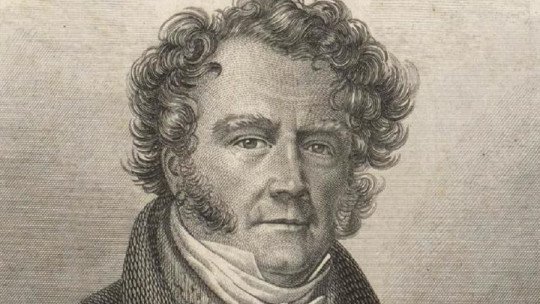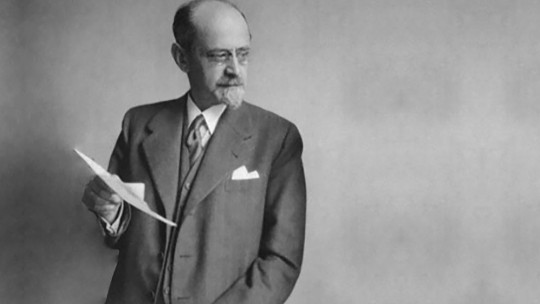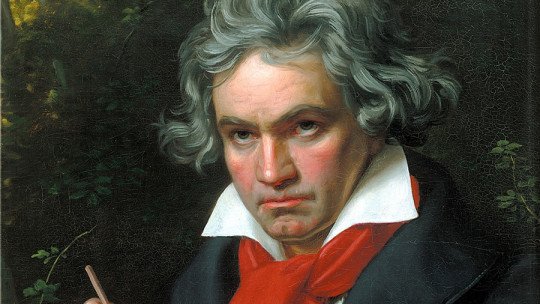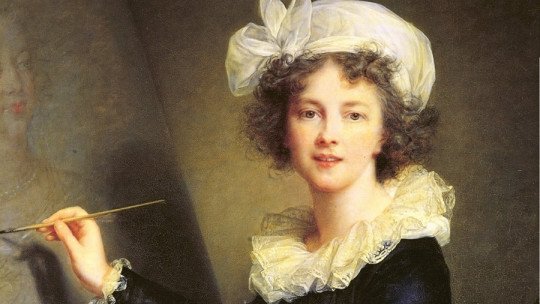It was two in the morning on a cold month of October 1849. In an apartment on Place Vendôme, in Paris, one of the most important composers of Romanticism died. This is Frédéric François Chopin, real name Fryderyk Franciszek Chopin. famous throughout Europe for his piano works.
The pianist dies surrounded by friends. A notable group of intellectuals parade through his Parisian house, coming to say goodbye to him. Her former friend and lover, Aurore Dupin, better known by her male pseudonym George Sand, is not allowed to enter, as relations between the two have become complicated in recent times. The one who does come to her deathbed is Solange, Aurore’s daughter, who has always maintained a very special relationship with her mother’s ex-partner.
Chopin leaves this world at only thirty-nine years old, after a lifetime plagued by health problems and rampant tuberculosis that, according to the latest studies, led to pericarditis that destroyed his heart. A heart that, by the way, rests separately from his body, in a bottle of alcohol preserved in the Church of the Holy Cross in Warsaw, in his native Poland.
Brief biography of Frédéric Chopin, the most famous composer of Romanticism
Chopin’s life seems taken from a 19th century novel. In fact, his loved ones, carried away by the morbid “love” that the intellectuals of the time felt towards tuberculosis, came to admire the paleness and thinness of his face, his sharp features and dark circles under his eyes and, of course, also his cough. , which her lover George Sand even said was of “infinite grace.”
Who was this wiry, fascinating man who aroused the admiration of all who met him? In today’s article we tell you about the career of Frédéric Chopin, the most famous composer of Romanticism.
An innate talent
Frédéric François Chopin was born in the Duchy of Warsaw as Fryderyk Franciszek Chopin, son of Nicolas Chopin, a French émigré who served as a professor of French literature, and Tekla Krzyzanowska, who belonged to the Polish lower nobility. Fryderyk was the only boy of several siblings, and he always remained very close to Ludwika, his older sister, who was the one who introduced him to piano technique.
Chopin’s family moved through cultural environments very attached to music. Nicolas soon realized his son’s innate talent. (who had composed his first piece at the age of seven, in 1817), so he decided to provide him with adequate studies. Thus, little Fryderyk began to study with the composer Wojcieh Zywny, with whom he would remain until 1821. Two years later, at the age of thirteen, the young man attended the classes of Józef Elsner, director of the Warsaw Higher School of Music and, At the same time, he entered the Lyceum of the same city, where his father worked as a French teacher. There he began singing, literature and drawing, which gives us an idea of the boy’s sensitive and artistic character.
Youthful love affairs
The death of Emilia, his younger sister, is a hard blow for him. In those years, the Chopin family settled permanently in Warsaw, where Nicolas and Tekla welcomed students as guests, allowing them to increase the family income. Among these students is Julian Fontane (1810-1869), who soon establishes a very close friendship with Fryderyk, to the point that some scholars consider the possibility of a homosexual relationship, as with other students that the Chopins host.
In light of the testimonies, it is most likely that the artist was bisexual, since it is known that he was also in love with women, such as the singer Konstancja Gladkowska (1810-1880), who inspired several compositions in him; among them, the Waltz op. 70 no. 30 and the slow movement of the Piano Concerto No. 1. In any case, it seems that the attraction he felt towards the young woman did not go beyond platonic love, as can be deduced from his letters.
Later, in 1836 (when he was already a renowned musician of twenty-six years old) he became engaged to Maria Wodzinska, a teenager with whom he fell deeply in love. However, The girl’s family canceled the engagement due to the composer’s poor health. which must undoubtedly have aggravated the melancholic mood into which Chopin often fell.
Travel through Europe and insurrection against Russia
In the 1820s, Chopin is a renowned composer and concert performer in his Polish homeland. It was then that he decided to embark on a trip through Europe, which took him, among other cities, to Vienna, at that time considered the capital of music. However, the city does not impress the composer, who complains that people “only want to hear waltzes.”
It is precisely during his stay in Vienna that he learns of the outbreak of the so-called November Uprisingthe Polish insurrection against the yoke of the Russian empire. The news causes great agitation in the artist, who suffers from fever and great anxiety, as he is worried about his loved ones and the future of his country. His anxiety is so great that he thinks about returning, but his friends manage to convince him to stay in Vienna. He will never set foot on Polish soil again.
In memory of his deceased compatriots, Chopin composes his famous Funeral March as well as the delicate and beautiful composition known as Sadness either The goodbyewhich stands as a bitter farewell and reflects the melancholic and dejected state of the composer.
Paris, the adopted homeland
Paris, where he arrived in the autumn of 1831, became a kind of balm for the artist, because there he felt free and comfortable. The Parisian intellectuals enthusiastically opened their doors to him, and Chopin began to rub shoulders with composers of the stature of Franz Liszt (1811-1886), Gioachino Rossini (1792-1868) and Luigi Cherubini (1760-1842), as well as with writers and painters. , like Victor Hugo (1802-1885) and Eugène Delacroix (1798-1863) who, by the way, made one of his most famous portraits of him.
But, probably, one of the artists who most influenced his early French period was the pianist Friedrich Kalkbrenner (1784-1849), called “the king of the piano” for his indisputable mastery, and who even gave Chopin some lessons with the objective of perfecting his talent.
Chopin gave his first concert in Paris in February 1832. Among the attendees were none other than Franz Liszt and Félix Mendelssohn (1809-1847), two greats of musical Romanticism who soon became part of the Pole’s circle of friends. Especially important in his life is the first, through which he will meet, by the way, one of the most significant and influential people in his life, the writer Aurore Dupin (1804-1876), better known as George Sand, who will become first in her lover and, later, in a faithful friend and companion.
The first impression of each other was not too good. To Chopin, that forceful woman who used to dress as a man seemed too malewhile the delicate appearance of the composer gave her the impression of being in front of “a girl,” in his own words. Two opposing personalities had met that, however, were going to form a curious tandem: the strong and intense personality of the writer and the graceful and sensitive character of the musician.
Stay in Mallorca
The couple shared a life and home from 1838. The children that Aurore had with her ex-husband, the Baron de Dudevant, joined the coexistence. The detractors of such a strange union are forced to bite their tongues at the longevity of their relationship: no less than eight years Chopin and Sand spend together, although only during the first year do they have a romantic relationship. The rest is a solid friendship in which Aurore provided very important emotional support for the composer sunk in depression and tuberculosis.
It is precisely during the winter of 1838 that the artist’s condition worsens considerably, leading the doctors to advise him for a change of scenery. The climate of Paris is not suitable for the composer’s sick lungs, so he and Sand move, along with her children, to Mallorca. The couple settles in one of the cells of the Cartuja de Valldemossa and, although the storms and the freezing winter that hit the island that year did not help the artist’s recovery at all, the wild and beautiful landscapes of the area inspired both; Chopin composes his Preludeswhile Aurore, subjugated by the architecture of the Charterhouse and, above all, by its cemetery, writes one of her most “gothic” novels, Spiridion.
The decline of a genius
Probably Chopin’s most beloved place was Nohant, Aurore’s estate in the French Berry. The tranquility of the place helps calm his persistent melancholy, and also seems to positively influence the progression of his illness. However, the couple’s relationship deteriorates at times, especially after the marriage of Solange, Sand’s daughter, with whom Chopin has always understood wonderfully, unlike his mother. The situation leads to estrangement between mother and daughter, and the fact, together with the jealousy that Maurice, the eldest son, has always felt towards Chopin, results in the composer’s discomfort. The result is the definitive breakup of the union that had been established eight years before; Solange will even prohibit her mother from visiting Chopin on his deathbed.
The tuberculosis that the artist has suffered since his youth has become more complicated. In 1845, the composer’s weakness is evident. Three years later, in February 1848, Chopin gave what would be his last concert in France, which brought together hundreds of people eager to see and hear the admired composer, whose name is now legend. In the intermission, Chopin suffers a syncope, from which he appears to recover.
But there is nothing to do now. The composer died in October 1849, at the age of thirty-nine. During his funeral, the musicians perform his Funeral March, the same one he had composed years before in honor of his compatriots. He has not set foot on Polish soil since his departure. His sister Ludwika, the one who taught the genius the first notions of piano, travels to Paris to say goodbye to him.
The composer is buried in the Père-Lachaise cemetery, but his heart, immersed in a cognac solution for its preservation, is sent to Poland, where it currently rests. The relatively good preservation of the viscera allowed, in 2014, experts such as Michel Witt, from the Polish Academy of Sciences, to notice small lesions that correspond to clear symptoms of tuberculous pericarditis, which has made it possible to determine the direct cause of his death. While, The Church of the Holy Cross in Warsaw, where the organ is kept, is one of the most important pilgrimage centers for any admirer of the Polish genius one of the greatest promoters of romantic music.

